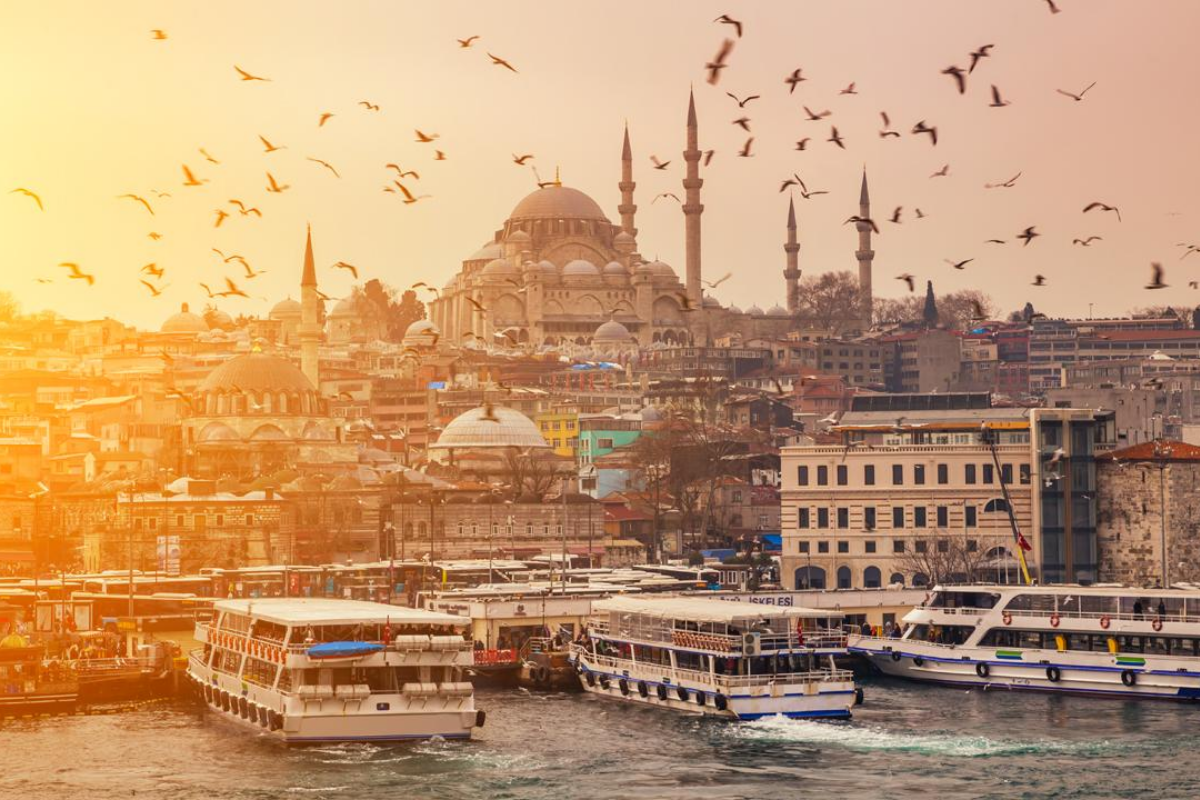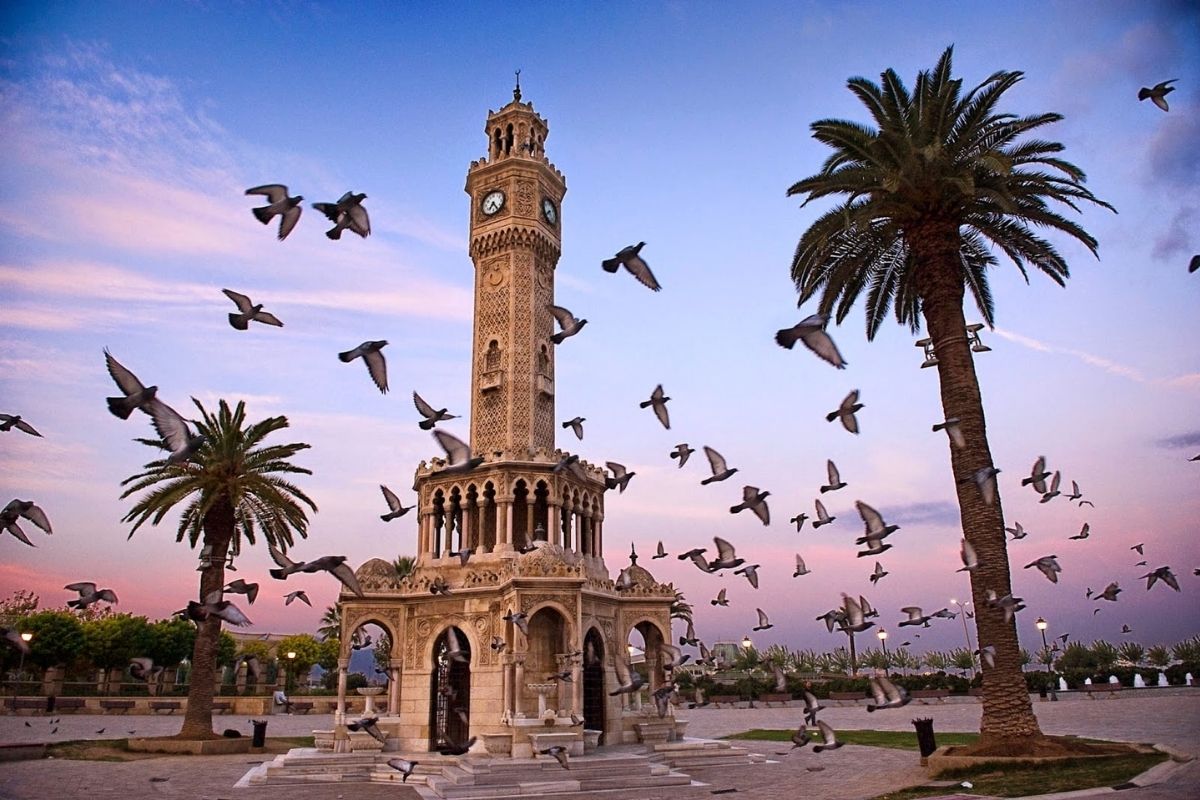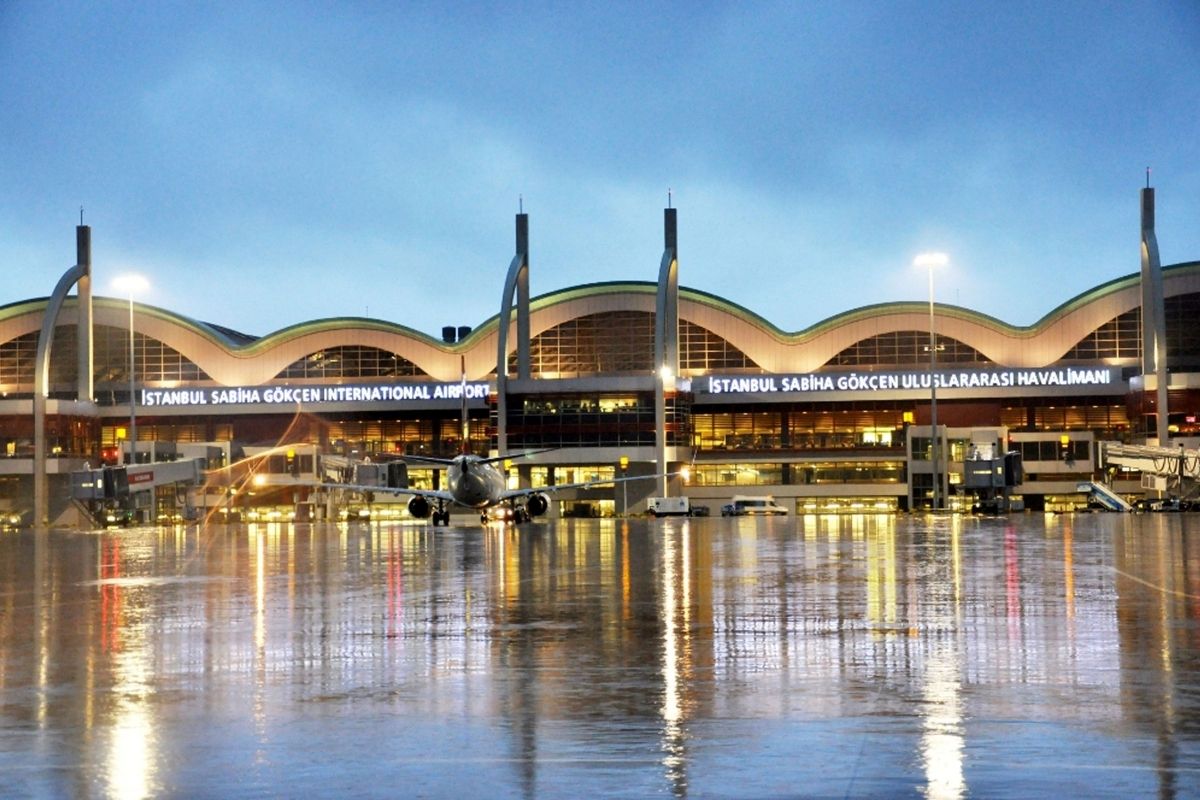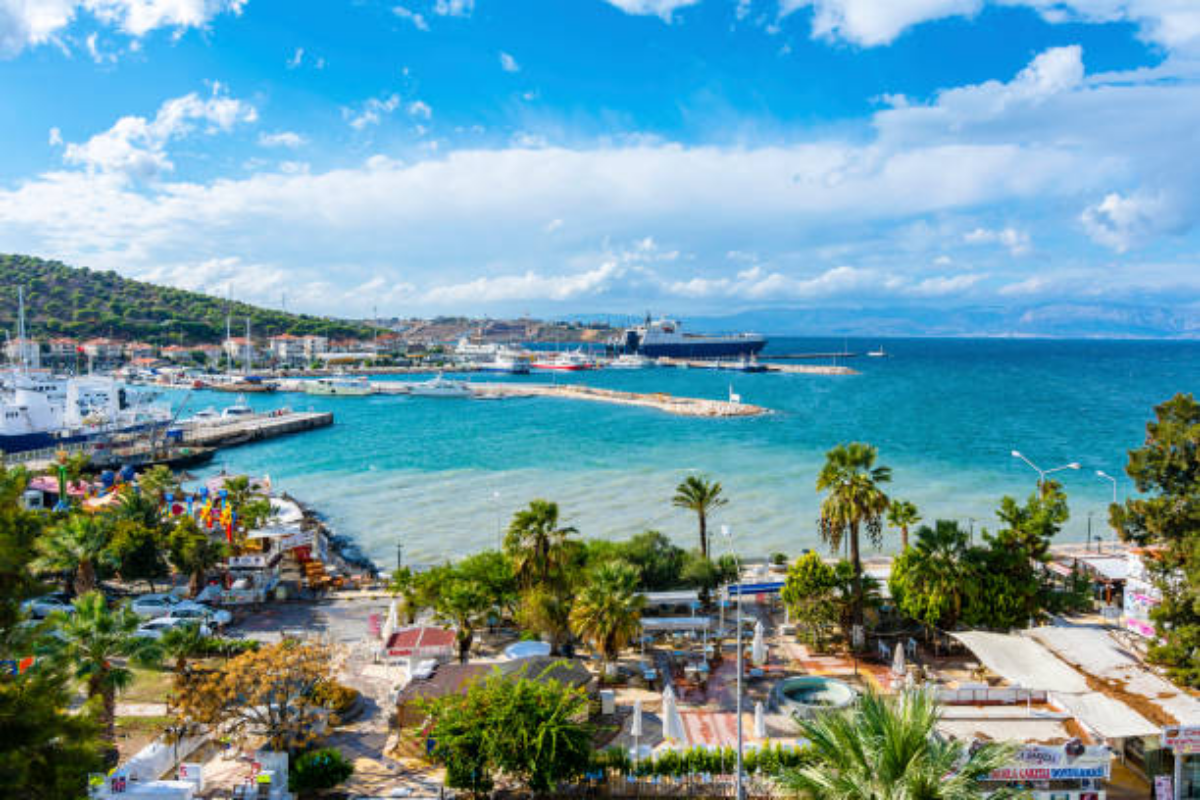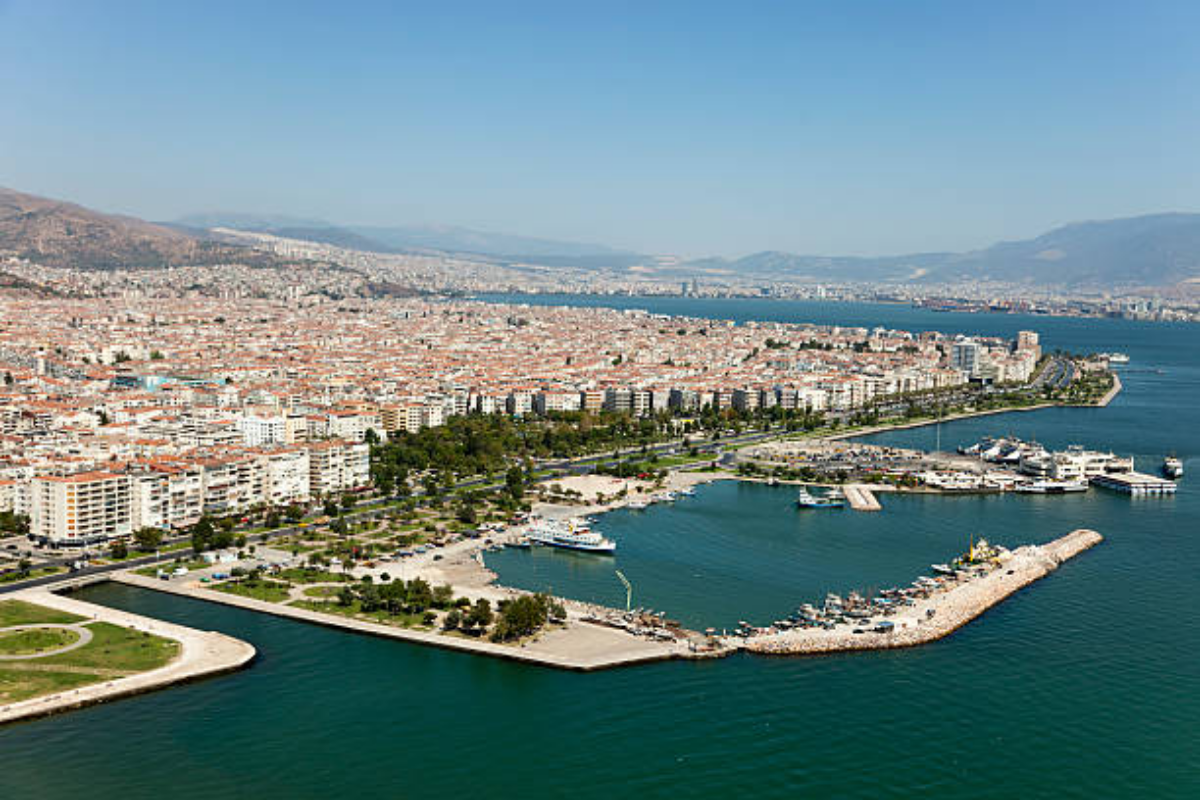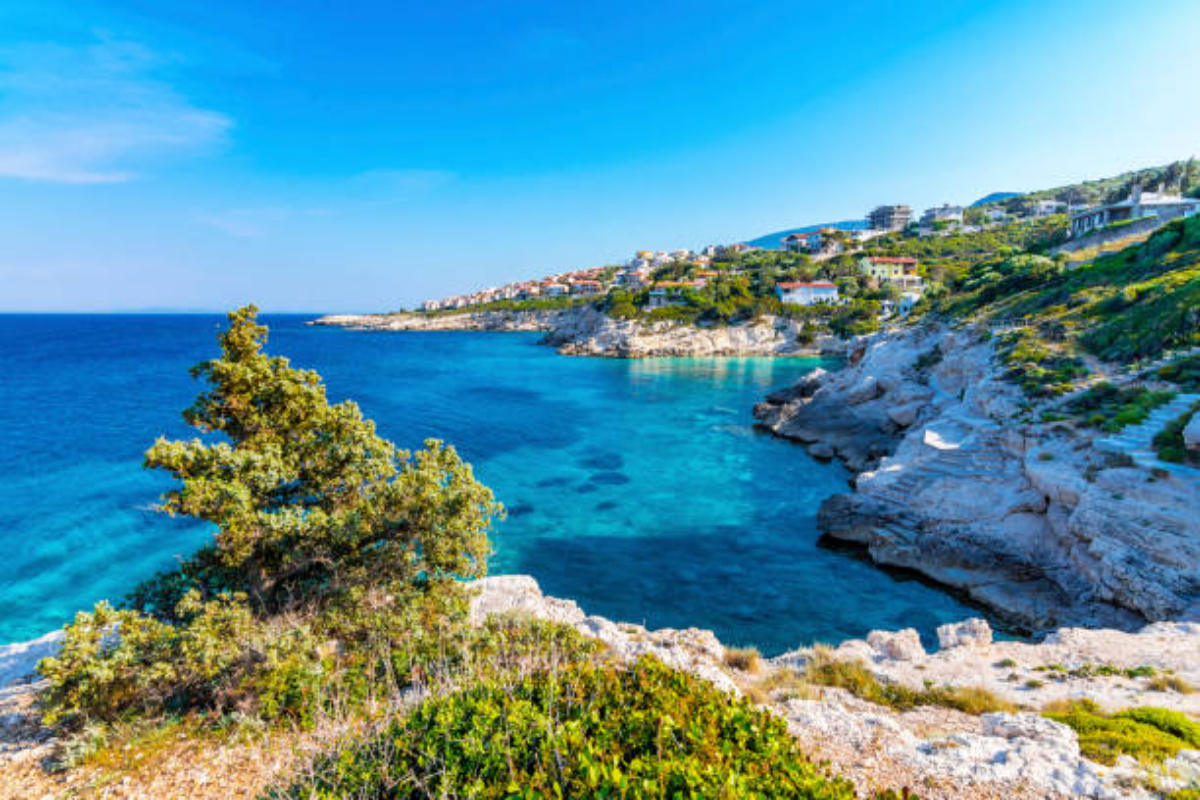Hagia Sophia: The Intricacies of History, Religion, Architecture, and Legacy
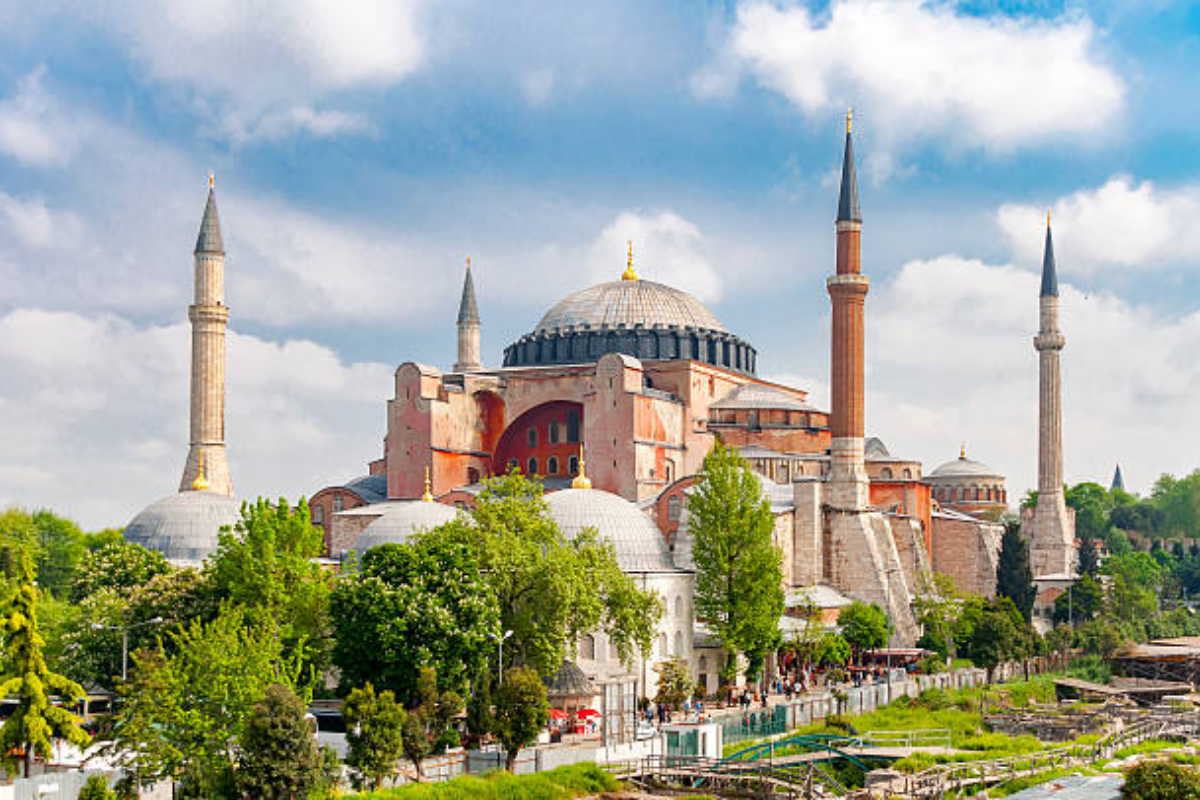
Hagia Sophia was initially constructed as a church in AD 537 during the reign of Emperor Justinian I in the Byzantine Empire. It served as a monumental center of Eastern Orthodox Christianity for centuries, being the largest church in the world at the time. However, following the Ottoman conquest of Istanbul in 1453, it was converted into a mosque, establishing itself as an iconic symbol within the Islamic world. In 1935, the Republic of Turkey repurposed it as a museum, only to be reconverted into a mosque in 2020.
Architectural Features:
The architectural brilliance of Hagia Sophia remains unparalleled. Its most notable feature is its massive dome, a marvel of engineering for its time. The grand dome is supported by a series of large windows that bathe the interior in natural light, creating a captivating atmosphere. The interior boasts columns, intricate ornamentation, and remarkable mosaics that showcase the skill and artistry of the Byzantine era.
Construction and Architect:
Hagia Sophia's construction was initiated under the orders of Emperor Justinian I and was designed by two prominent architects, Isidore of Miletus and Anthemius of Tralles. The construction commenced in 532 AD and concluded approximately five years later. Hagia Sophia stands as a testament to the wealth and grandeur of the Byzantine Empire.
Current Usage:
Throughout its storied history, Hagia Sophia has been utilized as a church, mosque, and museum. It currently functions as a mosque, serving as a place of worship and welcoming tourists who are eager to explore its rich history and architectural grandeur.
Legends and Folklore:
Hagia Sophia is surrounded by numerous legends and tales. One legend suggests that Emperor Justinian despaired during the challenging construction of the dome but received divine inspiration through a dream. The dome was believed to be a "miraculous" architectural feat for centuries.
Notable Quotes:
Hagia Sophia has been a wellspring of inspiration for countless writers, artists, and thinkers. The famous quote attributed to Emperor Justinian is a testament to its significance: "Solomon, I have outdone thee."
Hagia Sophia is more than just a structure; it is a living witness to humanity's history, the passage of religions, and the traces of many civilizations. For those who visit Istanbul, this enchanting edifice serves as a testimony to a city's history, once magnificent in its splendor and now enduring as an eternal symbol.



